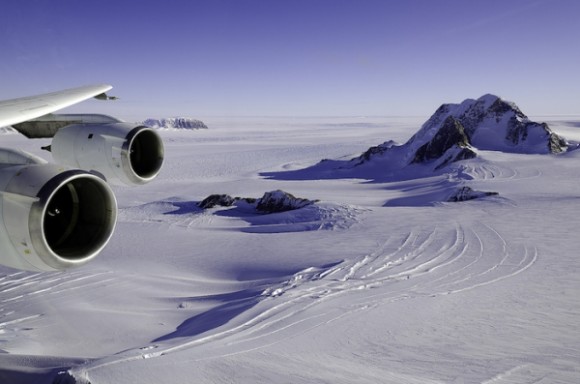
In a finding that could have implications in the search for life beyond Earth, researchers from an expedition called WISSARD confirmed this week that the waters and sediments of a lake that lies 800 meters (2,600 feet) beneath the surface of the West Antarctic ice sheet support “viable microbial ecosystems.”
Analysis of the samples taken from West Antarctica’s subglacial Lake Whillans, the researchers say, show that the water contains a diverse microbial community, many members of which can mine rocks for energy and use carbon dioxide as their source of carbon.
Many of the micro-organisms survive by converting ammonium and methane into energy in a harsh environment similar to those found elsewhere in our solar system, such as on Jupiter’s moon Europa or Saturn’s moon Enceladus. That has led scientists to wonder whether some kind of primitive life might thrives there as well, Forbes reports.
John Priscu, a co-author on the paper, said that the Antarctic subglacial environment is our planet’s largest wetland, one dominated completely by microorganisms.
The findings are published in the August 21 issue of the journal Nature by scientists and students affiliated with WISSARD, which is a collaboration involving researchers at numerous institutions across the United States.
The WISSARD team made scientific and engineering history in late January of 2013 when they used clean hot-water drilling technology to access subglacial Lake Whillans. This permitted the retrieval of pristine water and sediment samples that had been isolated from direct contact with the atmosphere for many thousands of years.











